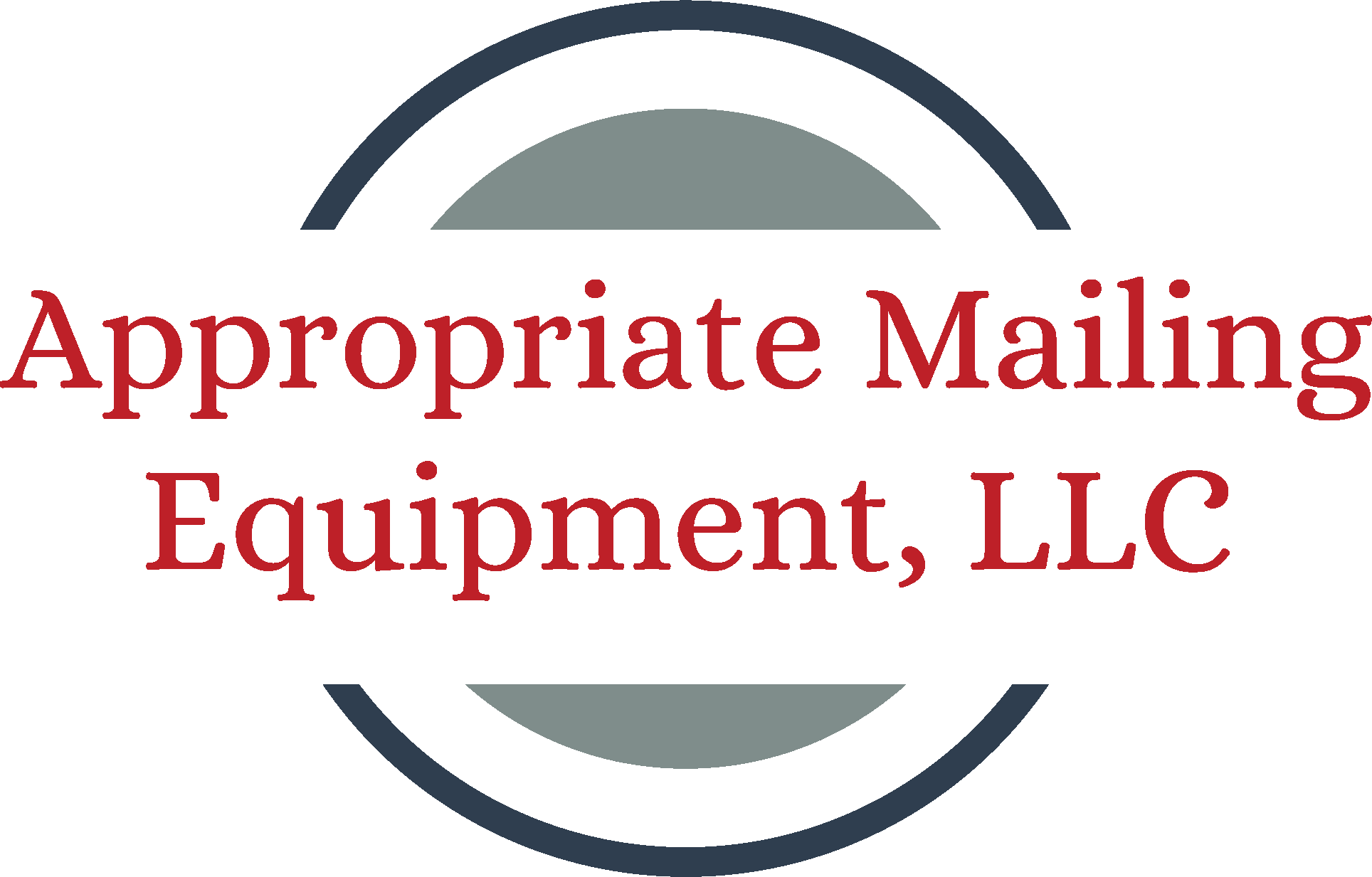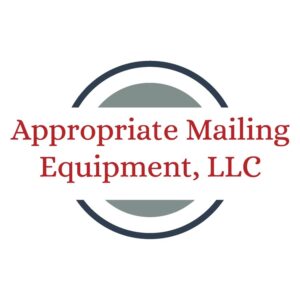The Hidden Cost of an Inefficient Mailroom
In high-volume mail environments, inefficiency isn’t always obvious—until it starts affecting deadlines, budgets, and customer satisfaction. While many operations managers focus on output, the internal processes behind each folded letter and inserted envelope can quietly bleed resources. From manual labor to inconsistent tracking, these unseen issues can add up quickly.
What makes these inefficiencies especially dangerous is that they’re often built into legacy workflows—accepted as “just the way things are” in traditional mailrooms. But as labor costs rise, compliance requirements tighten, and customer expectations grow, these outdated practices can no longer be ignored. Businesses that continue to rely on manual steps and obsolete technology are not only limiting productivity, but also increasing their risk of errors, delays, and compliance violations. The opportunity cost of doing nothing is real—and growing.
The good news? Advanced mail automation technology offers practical solutions to help eliminate waste, optimize resources, and regain control over every step of your mail operation. As businesses look to stay competitive and cut costs, it’s time to examine what’s really going on inside the mailroom—and how modern automation technology can solve it.
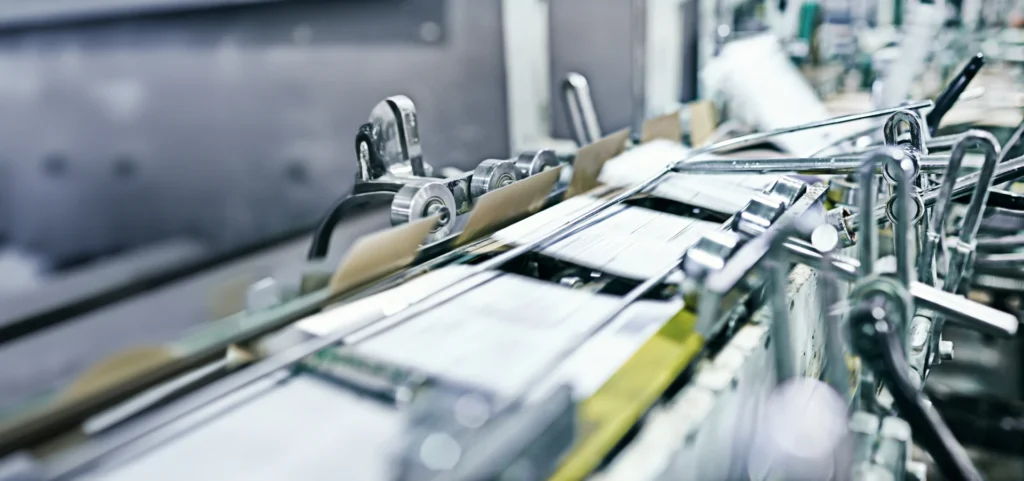
Manual Sorting and Folding: Time-Consuming and Error-Prone
Manual processes continue to be one of the most common inefficiencies in mailrooms today. Tasks like sorting, folding, and envelope stuffing require repetitive labor, are prone to error, and can slow down time-sensitive communications. Manual methods also introduce risks: incorrect document pairing, misfeeds, or even skipped inserts—errors that damage brand credibility and require costly rework.
The AME Solution: AME’s Smart Feeder-Folder Systems automate these manual steps, ensuring consistent performance across large volumes. These systems eliminate human error, reduce staffing needs, and help businesses meet tight mailing deadlines with precision.
Outdated Mailing Equipment Slows Down Production
Many organizations rely on legacy mailing machines that can no longer keep pace with modern demands. Frequent breakdowns, high maintenance costs, and limited configuration options create unnecessary downtime and limit scalability. Outdated systems also make integration with digital workflows difficult, preventing companies from fully optimizing document management.
The AME Solution: AME offers high-performance inserting systems that are fully customizable and built for speed. With the ability to process up to 22,000 pieces per hour, these machines outperform older models while reducing maintenance and setup time. For budget-conscious organizations, AME also provides refurbished systems that deliver cutting-edge performance at a fraction of the cost.
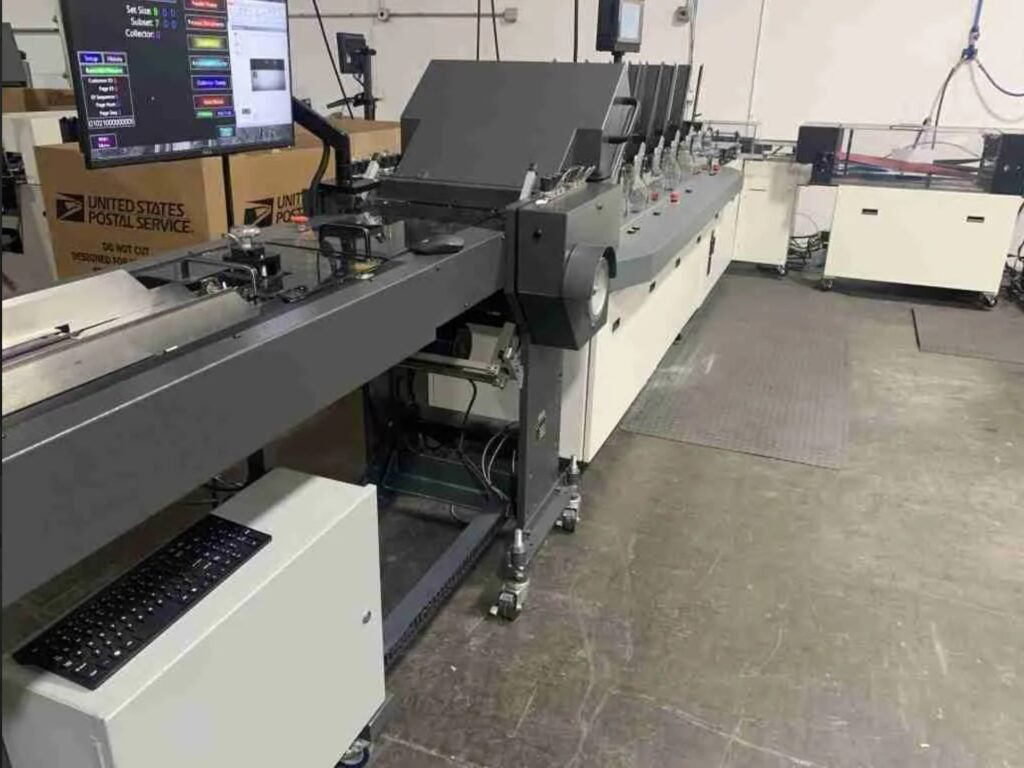
Lack of Document Tracking Increases Compliance Risk
When sensitive documents are sent through the mail—like invoices, medical statements, or legal notices—tracking accuracy becomes a regulatory issue. Without a reliable system in place, there’s no way to prove what was sent, to whom, and in what sequence. This lack of auditability opens the door to compliance issues in highly regulated industries such as healthcare, finance, and insurance.
The AME Solution: AME’s MRD Verification System provides real-time document tracking with a full audit trail. Whether you’re handling confidential information or bulk correspondence, the system ensures that every document is matched correctly, inserted in the right envelope, and tracked from production to dispatch. This not only safeguards data integrity but also satisfies regulatory requirements.
No Sequential Verification Equals Costly Mistakes
Misfeeds and double inserts can go unnoticed without a sequential verification system, leading to serious operational and reputational risks. Incorrect document order or incomplete inserts can compromise sensitive customer communications or result in failed mail deliveries.
The AME Solution: Sequential Verification Systems from AME identify and correct errors before mailpieces are completed. Each document is assigned a unique ID and tracked throughout the mailing process. If a sequence is broken, the system halts the job to prevent errors from leaving the facility. This enhances quality assurance, protects your brand, and reduces costly reprints or re-mailings.
Labor Dependency Limits Scalability
As businesses grow, so do their mail volumes. Relying heavily on manual labor to keep up with demand not only increases costs but also introduces the risk of human error and burnout. In addition, finding and training skilled labor for specialized mailing equipment can be time-consuming.
The AME Solution: Automation with AME’s equipment reduces reliance on manual labor, freeing up teams to focus on higher-value tasks like customer support and quality control. Systems can be configured to handle multiple job types, sizes, and formats—making it easy to scale without hiring additional staff.
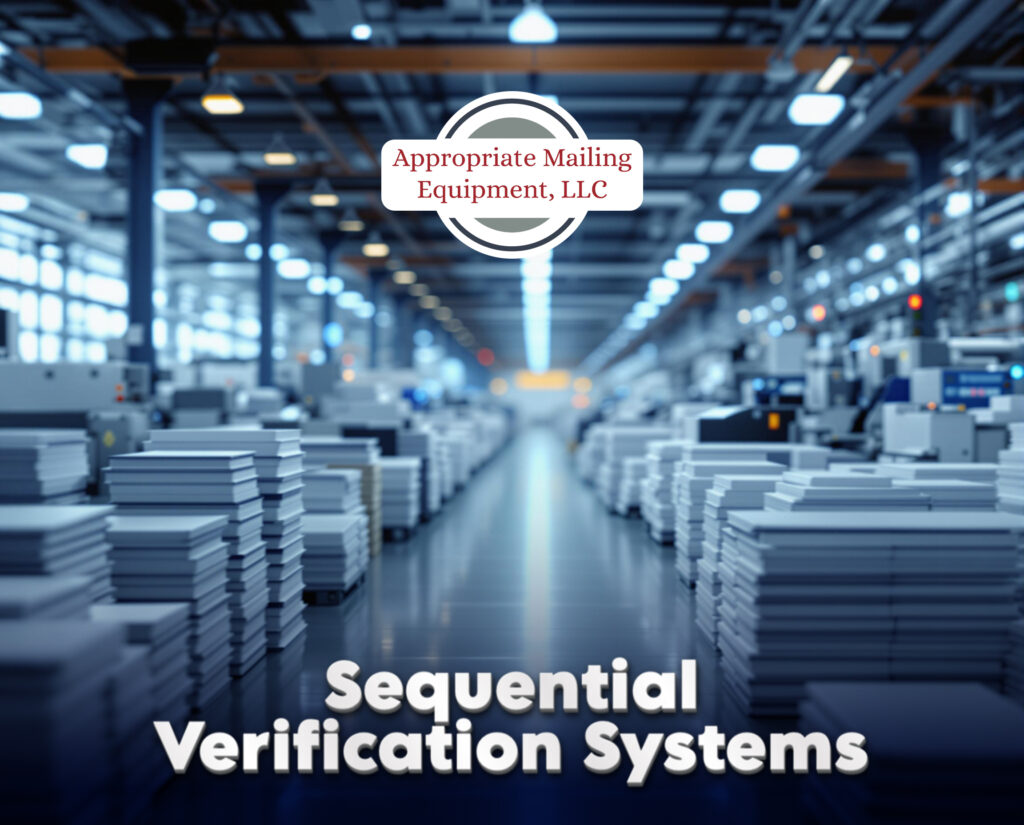
Eliminate Hidden Inefficiencies, Maximize ROI
Mailroom inefficiencies are more than operational hiccups—they’re hidden expenses that can compound over time and limit business growth. By automating key workflows and integrating intelligent tracking systems, businesses can not only save money but also increase accuracy, improve compliance, and enhance operational confidence.
If your mailroom is still operating with outdated equipment, manual processes, or limited tracking, it may be time for a strategic upgrade. Let’s identify your gaps and build a smarter, faster, and more accurate mailing workflow.
Contact AME today to schedule a consultation and discover how our mailing automation systems can streamline your operations.
Appropriate Mailing Equipment (AME) provides advanced mailing solutions, expert consulting, and support to help businesses optimize their mail processing operations efficiently and cost-effectively.
Copyright © 2025 All rights reserved
